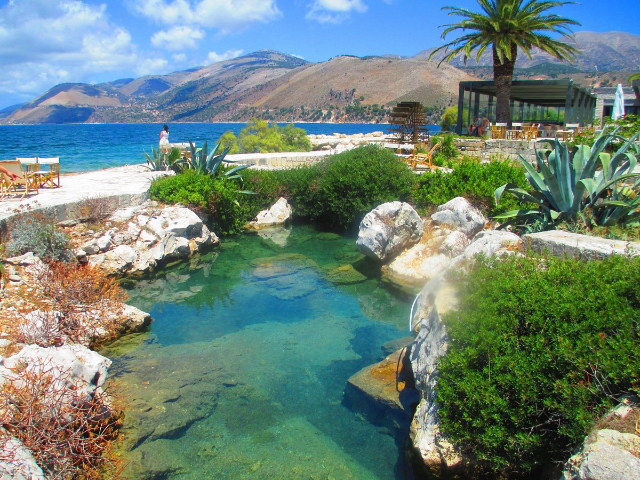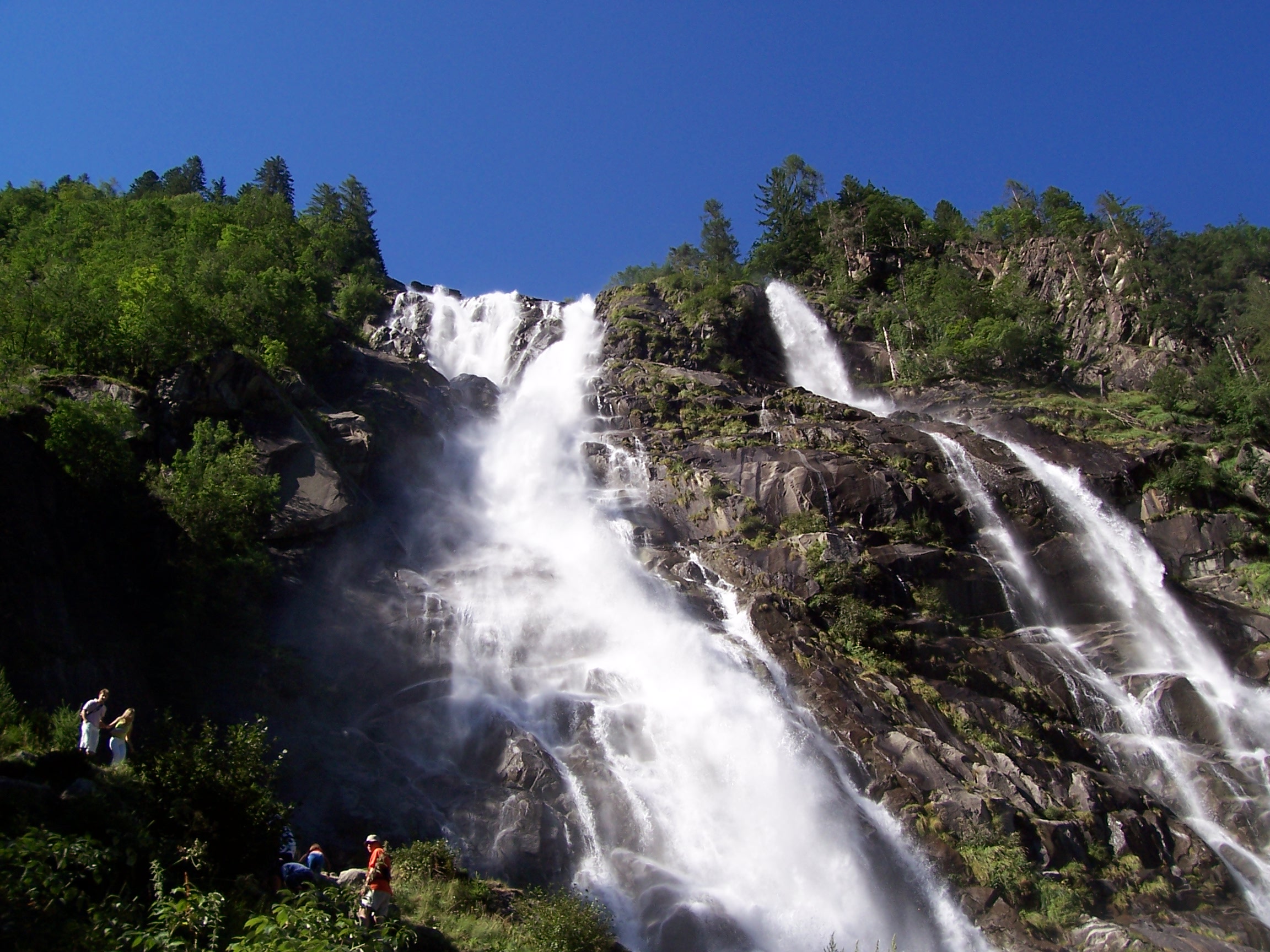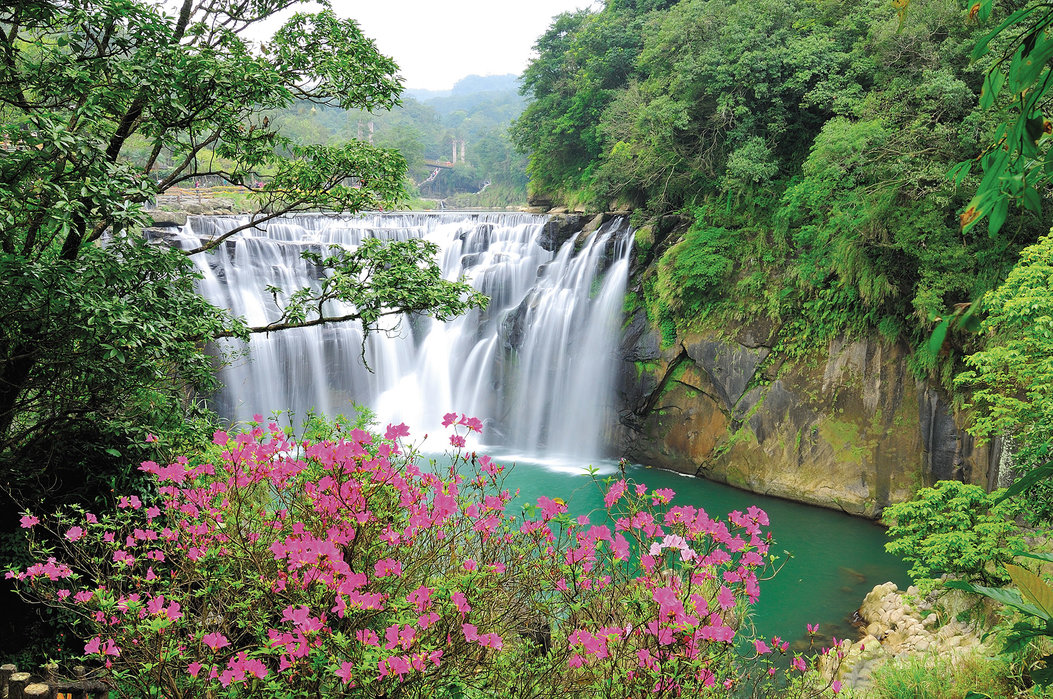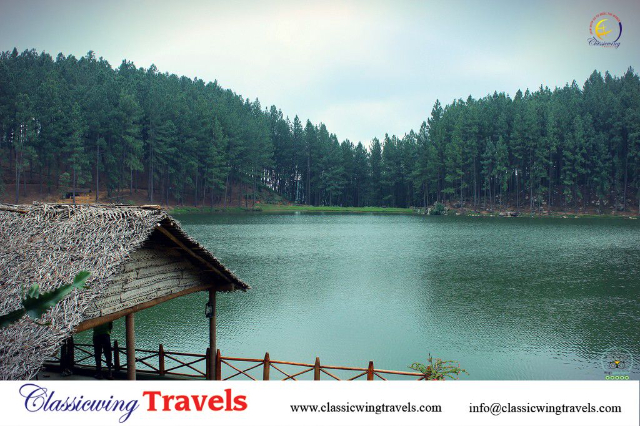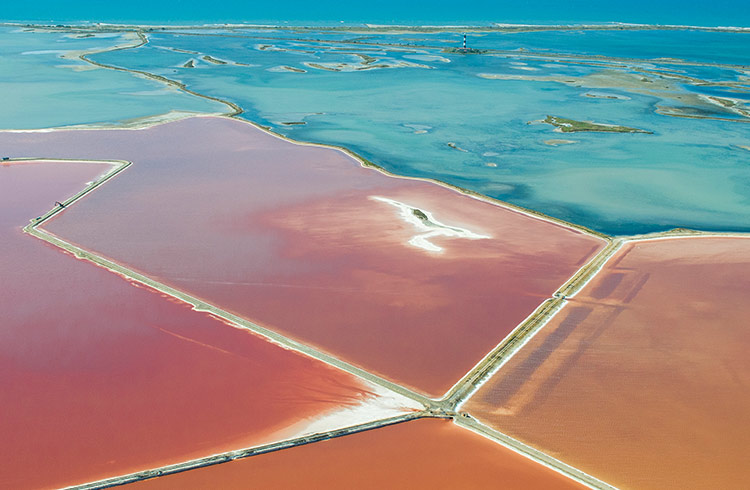The Torbiere del Sebino Nature Reserve is located on the southern shore of Lake Iseo and has a millenary history, dating back to the period of the last ice age. It is a place that has remained uncontaminated for centuries, at least until man discovered that he could use peat: it is a deposit that forms in the subsoil rich in water, covered by a few centimeters of grass and earth; once extracted and then dried, it has a higher caloric yield than wood. Being less expensive than coal, peat began to be used for many purposes: in furnaces, spinning mills, factories, to heat homes and even to power the trains of the Brescia-Iseo-Edolo railway until the First World War. Its use ceased completely around the fifties, a period in which the landscape of the area was completely transformed: in fact today it looks like an expanse of reeds and sheets of water with tanks of different depths, in some of which is allowed to fish.
The peat bogs are also considered one of the most important European birdwatching paradises: about 280 species of birds have been observed, about forty of which are nesting. But that’s not all: the panoramic terrace that you come across after the first kilometer of the walk and the numerous posts immersed in thick reeds allow the visitor to relax while contemplating the surrounding landscape.


